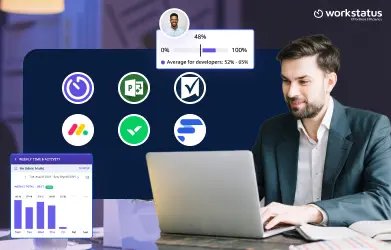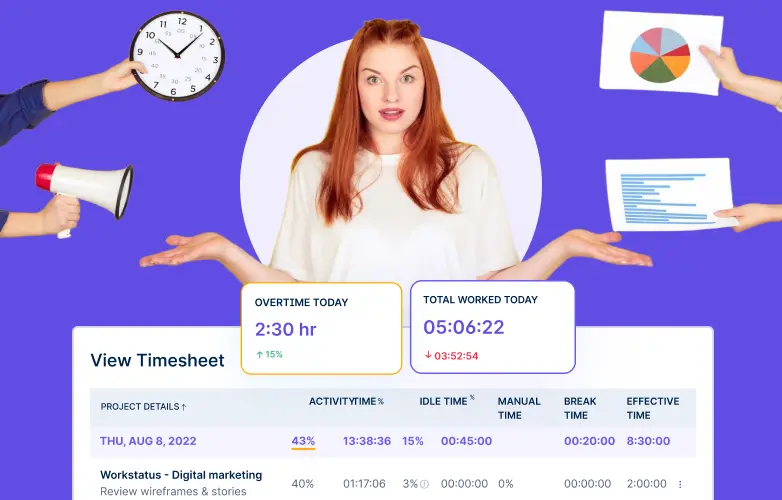Table of Contents
Introduction
Creating a cohesive and high-performing team is essential for any organization’s success.
Team bonding activities foster collaboration, trust, and communication, leading to excellence.
However, 89% of organizations lack team bonding as a result, they become more vulnerable to the issues such as:
- Poor communication
- Misalignment
- Increased conflicts
- High employee turnover
- Decreased performance
Are you looking for more engaged teams?
This blog post will explore 11 engaging activities that can cultivate team bonding.
Get familiar with the employee engagement software tools like Workstatus.
Discover how Workstatus empowers teams to work together seamlessly, track progress, and achieve remarkable results.

Let’s dive in:
Importance of Team Bonding
Team bonding is critical to building a strong and cohesive team within an organization.
It goes beyond simply working together and emphasizes the development of relationships, trust, and a sense of belonging among team members.
Here are some key points highlighting the importance of team bonding:
1. Improved Communication
Team bonding activities create opportunities for open and effective communication among team members.
It helps break down barriers, encourages sharing ideas and feedback, and enhances communication skills.
2. Increased Collaboration
When team members bond and build rapport, they are more likely to collaborate effectively.
Team bonding activities foster a collaborative mindset, encouraging individuals to share knowledge and resources and support one another.
3. Enhanced Problem-Solving
Team bonding activities often involve problem-solving challenges or exercises.
These activities promote the following:
- Critical thinking
- Creativity
- Innovative solutions
Strong team bonds enable members to leverage their diverse skills and perspectives to tackle complex problems.
4. Boosted Morale and Engagement
Team bonding activities create a positive and enjoyable work environment.
It leads to higher levels of:
- Motivation
- Productivity
- Job satisfaction
When team members feel connected and valued, their morale and engagement increase.
Investing in team bonding activities fosters a positive work culture. It contributes to the success of an organization.
Engaging in Activities for Team Bonding
Here are 11 engaging activities for strong team bonding:
1. Icebreaker Games
 OBJECTIVE: Break the ice and create a relaxed and friendly atmosphere among team members.
OBJECTIVE: Break the ice and create a relaxed and friendly atmosphere among team members.
TIME: Typically 10-15 minutes.
TOOLS: None or simple props.
PARTICIPANTS: Entire team.
HOW TO PLAY: Engage in interactive games or activities encouraging introductions, sharing personal stories, or fun challenges.
RESULT: Team members feel more comfortable and connected, improving communication and collaboration.
2. Team Building Workshops
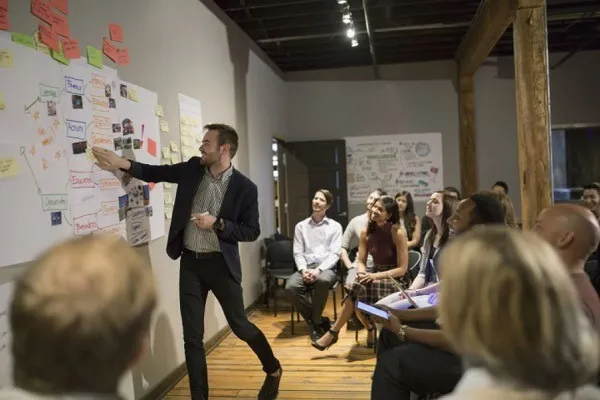 OBJECTIVE: Develop teamwork skills, enhance collaboration, and foster trust among team members.
OBJECTIVE: Develop teamwork skills, enhance collaboration, and foster trust among team members.
TIME: Half-day or full-day sessions.
TOOLS: Facilitator, workshop materials, and interactive exercises.
PARTICIPANTS: Entire team or specific groups.
HOW TO PLAY: Engage in team-building exercises, role-playing scenarios, and interactive discussions to improve communication, problem-solving, and decision-making skills.
RESULT: Enhanced team dynamics, improved understanding of individual strengths, and increased synergy among team members.
3. Outdoor Adventure Activities
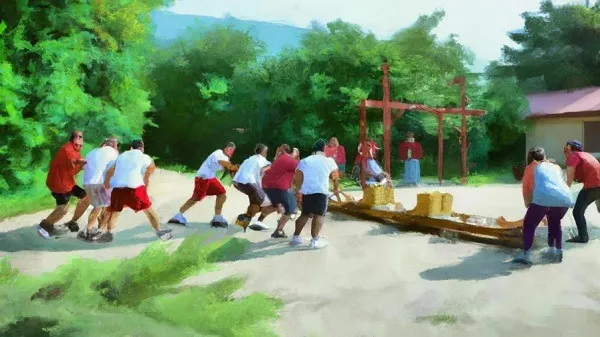 OBJECTIVE: Foster team bonding through shared outdoor experiences and challenges.
OBJECTIVE: Foster team bonding through shared outdoor experiences and challenges.
TIME: Half-day or full-day activities.
TOOLS: Outdoor equipment, safety gear, and transportation.
PARTICIPANTS: Entire team or specific groups.
HOW TO PLAY: Participate in activities like hiking, rope course, or team-based challenges in an outdoor setting.
RESULT: Increased trust, cooperation, and resilience among team members as they overcome physical and mental challenges together.
4. Collaborative Problem-Solving Challenges
 OBJECTIVE: Enhance problem-solving skills and encourage teamwork.
OBJECTIVE: Enhance problem-solving skills and encourage teamwork.
TIME: Varies depending on the complexity of the challenges.
TOOLS: Problem-solving scenarios, props, and facilitator guidance.
PARTICIPANTS: Small groups or the entire team.
HOW TO PLAY: Engage in team-based problem-solving activities or puzzles that require collaboration, critical thinking, and creativity.
RESULT: Strengthened problem-solving abilities, improved communication, and enhanced synergy among team members.
5. Group Volunteering Projects
 OBJECTIVE: Foster a sense of purpose and camaraderie through serving the community.
OBJECTIVE: Foster a sense of purpose and camaraderie through serving the community.
TIME: Varies depending on the project.
TOOLS: Volunteering opportunities and materials for the chosen project.
PARTICIPANTS: Entire team or specific groups.
HOW TO PLAY: Engage in volunteer work together, such as participating in environmental initiatives, organizing a charity event, or supporting a local cause.
RESULT: Team members bond over shared values, feel fulfilled, and develop a stronger connection as they contribute to a more significant cause.
6. Team Lunches/Potluck or Dinners
 OBJECTIVE: Promote informal bonding and relationship-building among team members.
OBJECTIVE: Promote informal bonding and relationship-building among team members.
TIME: Typically during lunch or after work hours.
TOOLS: None.
PARTICIPANTS: Entire team or smaller groups.
HOW TO PLAY: Organize team meals where members can socialize, share stories, and relax in a casual setting
RESULT: Improved camaraderie, better communication, and a more positive work environment.
7. Employee Recognition Programs
 OBJECTIVE: Acknowledge and appreciate team members’ efforts and achievements.
OBJECTIVE: Acknowledge and appreciate team members’ efforts and achievements.
TIME: Ongoing recognition programs.
TOOLS: Recognition platform or system.
PARTICIPANTS: Entire team.
HOW TO PLAY: Implement a structured employee recognition program that allows team members to acknowledge and appreciate each other’s contributions.
RESULT: Increased motivation, morale, and a sense of value among team members.
8. Sports Tournaments
 OBJECTIVE: Promote teamwork, friendly competition, and physical well-being.
OBJECTIVE: Promote teamwork, friendly competition, and physical well-being.
TIME: Depends on the chosen sport and tournament format.
TOOLS: Sports equipment and facilities.
PARTICIPANTS: Teams or individuals within the organization.
HOW TO PLAY: Organize sports tournaments or leagues where teams or individuals compete in various sports activities.
RESULT: Improved teamwork, healthy competition, and enhanced physical and mental well-being.
9. Virtual Team-Building Activities
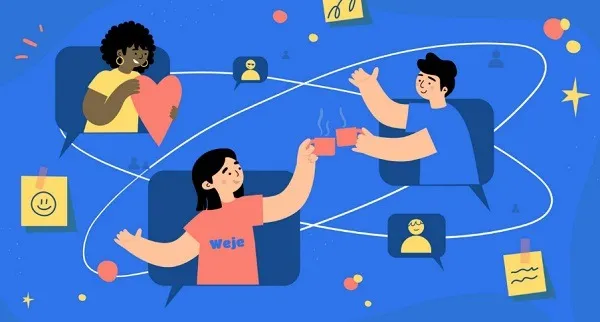 OBJECTIVE: Facilitate team bonding and collaboration in remote work environments.
OBJECTIVE: Facilitate team bonding and collaboration in remote work environments.
TIME: Typically 30 minutes to an hour.
TOOLS: Video conferencing platforms, online collaboration tools, and virtual games.
PARTICIPANTS: Entire remote teams or smaller groups.
HOW TO PLAY: Engage in virtual team-building activities such as online quizzes, virtual escape rooms, or collaborative online games.
RESULT: Enhanced connection, teamwork, and engagement among remote team members.
10. Cross-Department Collaboration Initiatives
 OBJECTIVE: Foster collaboration and understanding between different departments or teams.
OBJECTIVE: Foster collaboration and understanding between different departments or teams.
TIME: Ongoing initiatives.
TOOLS: Project management tools, and communication platforms.
PARTICIPANTS: Multiple departments or teams.
HOW TO PLAY: Encourage cross-department collaboration by assigning joint projects, conducting knowledge-sharing sessions, or organizing interdepartmental workshops.
RESULT: Improved communication, synergy, and a more holistic approach to problem-solving within the organization.
11. Team-Bonding Retreats
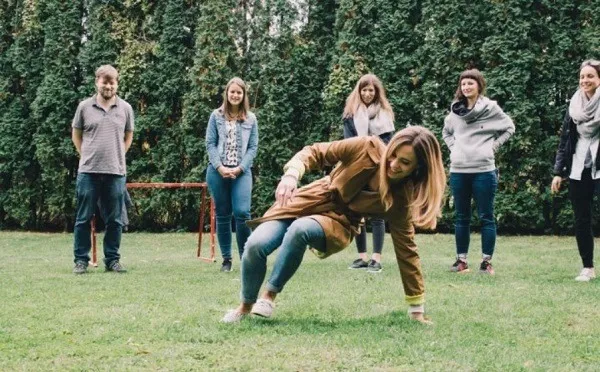 OBJECTIVE: Create an immersive experience that strengthens team bonds and rejuvenates team members.
OBJECTIVE: Create an immersive experience that strengthens team bonds and rejuvenates team members.
TIME: Typically, a weekend or a few days.
TOOLS: Retreat venue, accommodation, and planned activities.
PARTICIPANTS: Entire team.
HOW TO PLAY: Organize a team retreat with team-building activities, workshops, and relaxation sessions.
RESULT: Deepened connections, improved team dynamics, and a renewed sense of purpose among team members.
Leveraging Workstatus for Team Excellence
Workstatus is a powerful tool that can greatly contribute to team excellence within organizations.
By leveraging Workstatus, organizations can streamline their processes, enhance collaboration, and empower their teams to achieve exceptional results.
Here are its most advanced features for you:
1. Task Assignment and Tracking
- Efficiently assign tasks to team members and track their progress in real-time
- Easily create task lists, set deadlines, and allocate resources for each task
- Monitor the status of tasks, track time spent on each task, and ensure timely completion
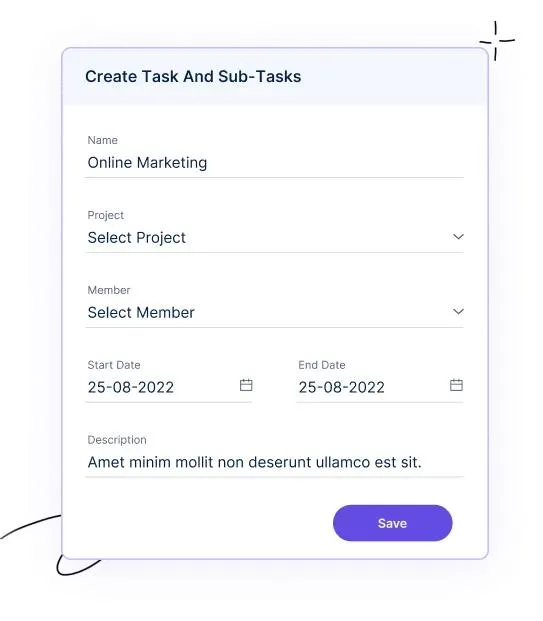
2. Access Management and Permissions
- Control access to sensitive information and assign appropriate permissions to team members
- Grant access to specific projects, tasks, or data based on roles and responsibilities
- Maintain data security and confidentiality by managing user access levels effectively
3. Progress Monitoring and Reporting
- Track the progress of projects and tasks through comprehensive reports and visual dashboards
- Gain insights into team productivity, identify bottlenecks, and make data-driven decisions
- Generate customized reports to monitor individual and team performance over time
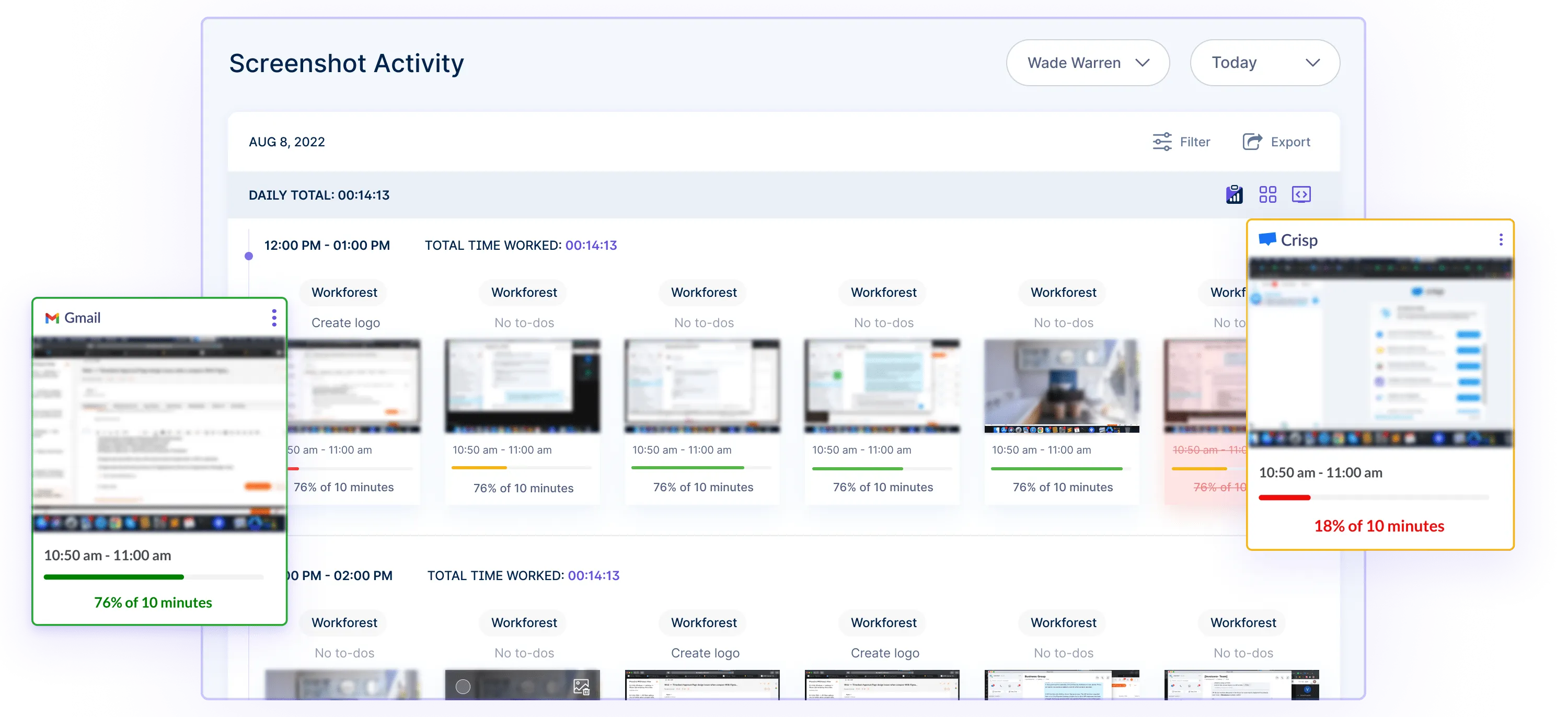
4. Performance Issue Identification and Resolution
- Identify performance issues or productivity gaps through data-driven analysis
- Identify team members who may require additional support or coaching
- Address performance issues proactively to ensure team productivity and overall success
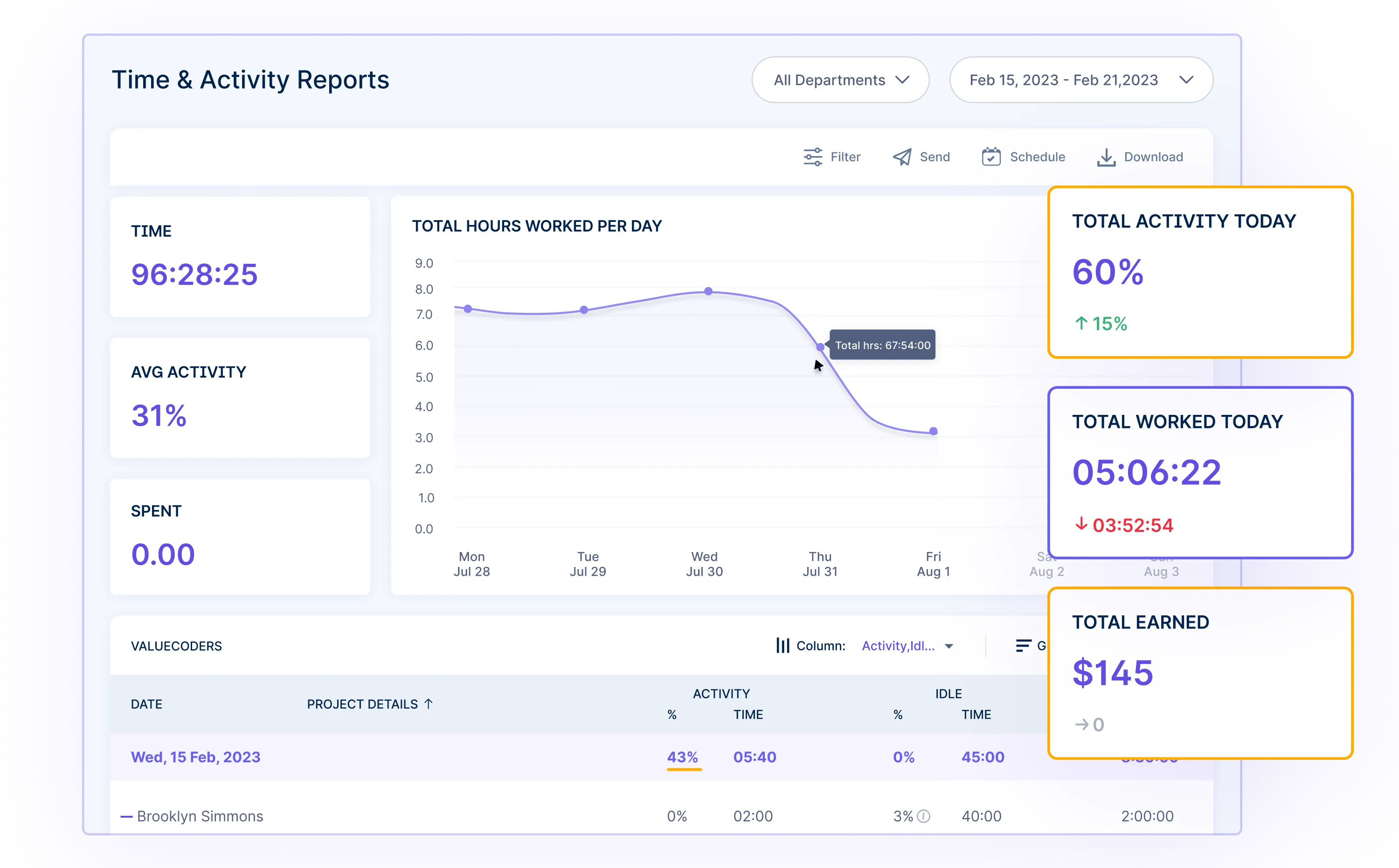
5. Upskilling and Training Opportunities
- Leverage Workstatus to identify skills gaps and training needs within the team
- Provide opportunities for upskilling through training modules, workshops, or online courses
- Encourage professional growth and development by aligning training initiatives with individual and team goals
6. Identify Star Performers for Promotions
- Identify high-performing team members who are eligible for promotions based on their achievements, contributions, and performance data
- Evaluate employee performance metrics such as productivity, efficiency, and quality of work to make informed decisions regarding promotions
- Plan and strategize promotion opportunities by leveraging Workstatus reports and analytics to assess the potential of team members

Workstatus empowers teams to achieve excellence by streamlining processes, optimizing productivity, and fostering a culture of continuous improvement.
Closing Thoughts
Fostering team excellence through engaging activities is vital for creating a cohesive and high-performing team. These can cultivate team bonding, improve communication, trust, and collaboration, and drive team excellence.
These activities, combined with the support of tools like Workstatus, can create a positive work culture that leads to remarkable results and organizational success.



